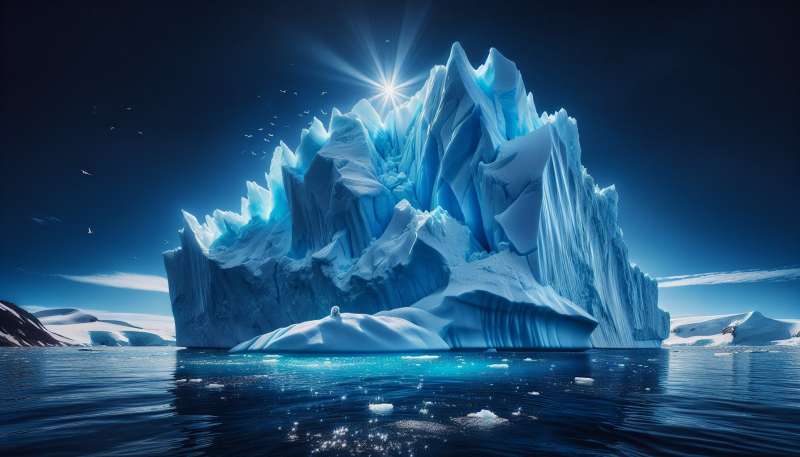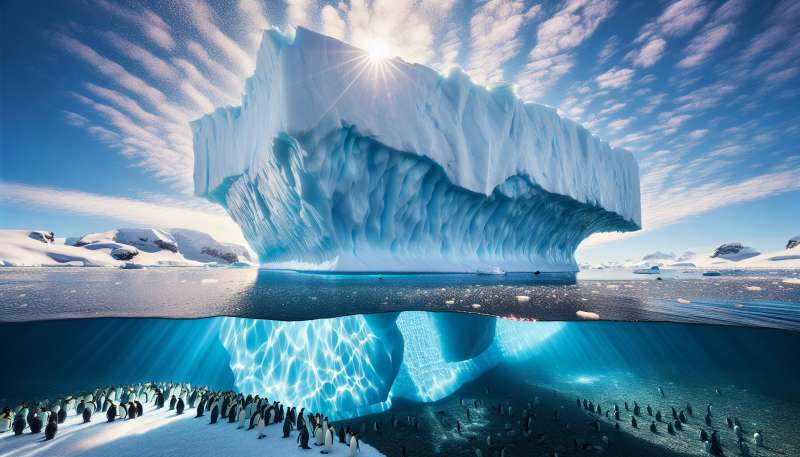
Understanding Icebergs
Icebergs are large pieces of freshwater ice that have broken off from glaciers or ice shelves, floating in open water.
Buoyancy and Stability
Icebergs float due to their density being less than seawater's. Their shape and mass distribution affect stability, causing them to tilt or flip.
Melting Imbalance
As icebergs melt, their weight distribution changes. The melting isn't uniform due to water temperature variation, leading to potential flipping.
Wave-Induced Flipping
Large waves can destabilize icebergs, causing them to rock. If the center of gravity shifts sufficiently, an iceberg can flip over.
Internal Meltwater Effect
Icebergs contain meltwater pockets. If these pockets shift or enlarge, they can disrupt the iceberg's equilibrium and trigger a flip.
Sudden Flipping Phenomenon
Flips can be sudden and violent, releasing energy equivalent to an atomic bomb, potentially causing tsunamis or endangering nearby vessels.
Predictive Challenges
Predicting iceberg flips remains challenging due to complex factors involved. Monitoring iceberg stability is crucial for maritime safety.Iceberg Music
Melting icebergs create eerie sounds known as 'iceberg songs,' audible underwater and used to study their properties.
What causes icebergs to float?
Icebergs' density higher than seawater
Melting imbalance in freshwater ice
Density less than seawater
Company